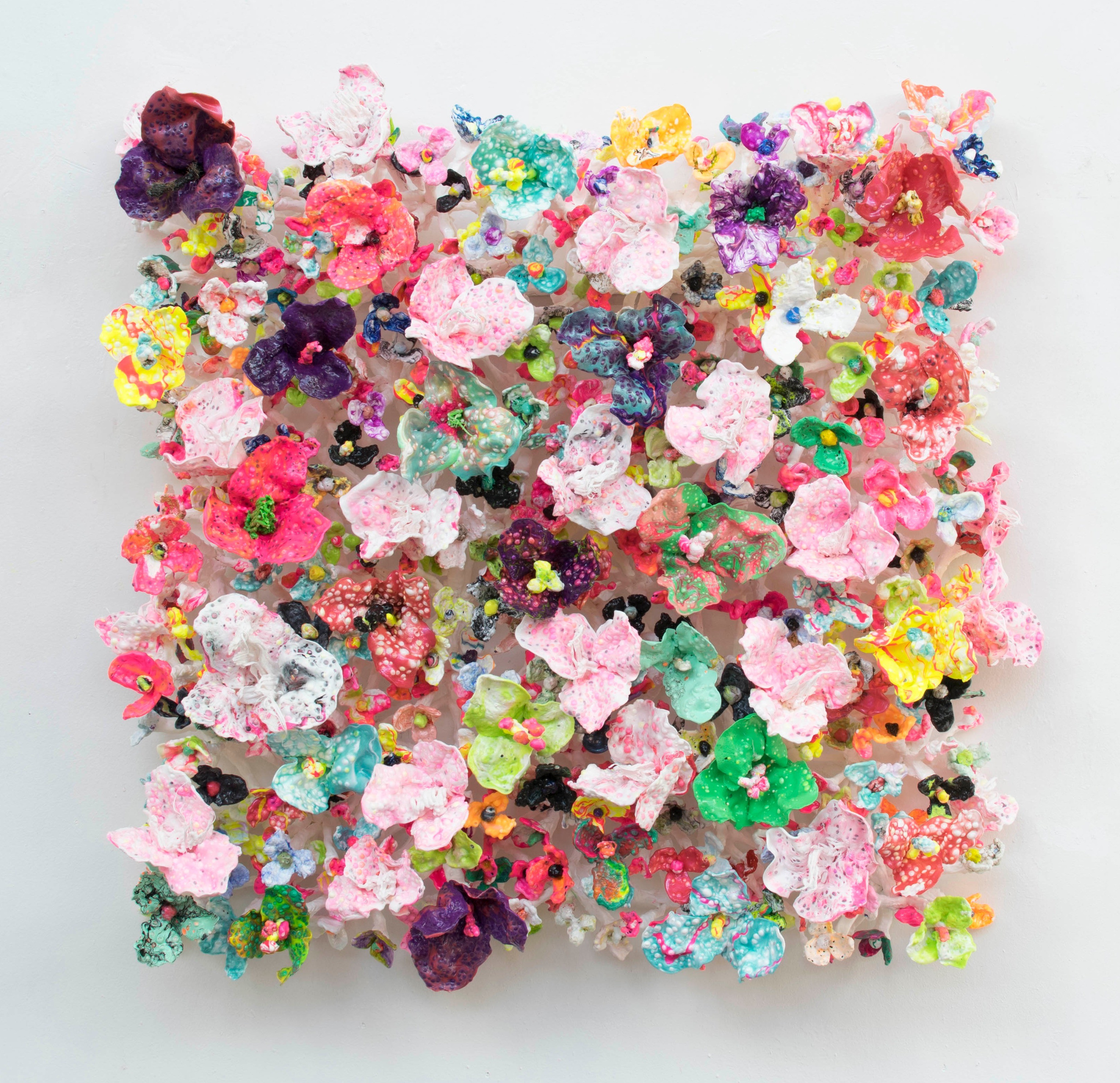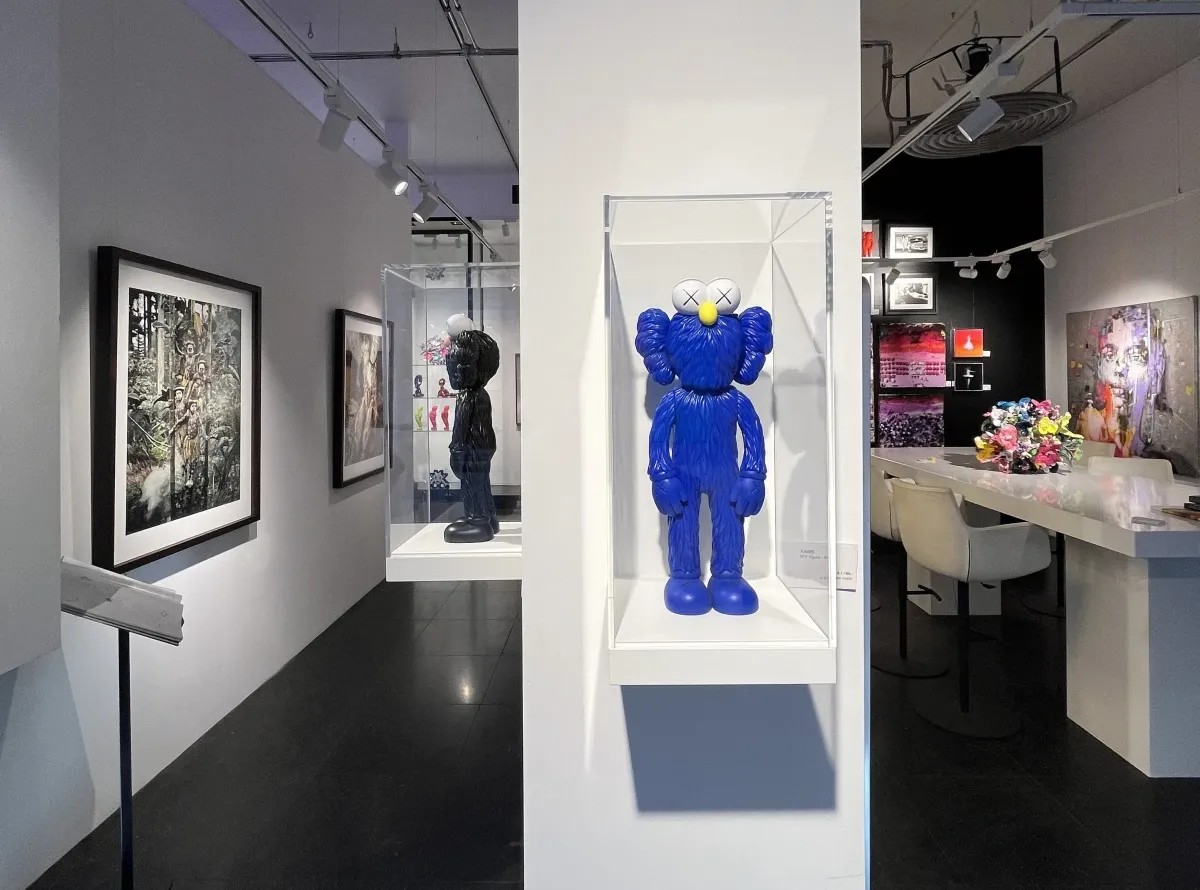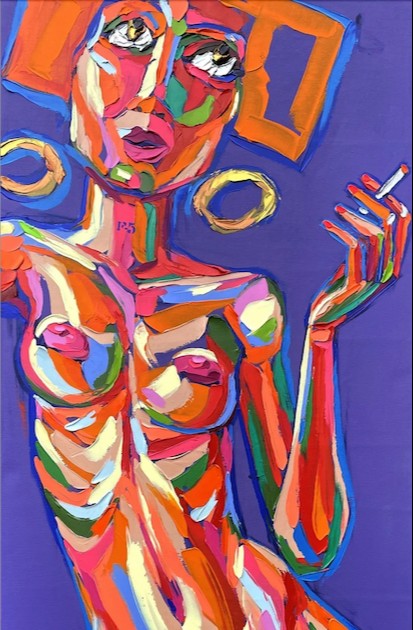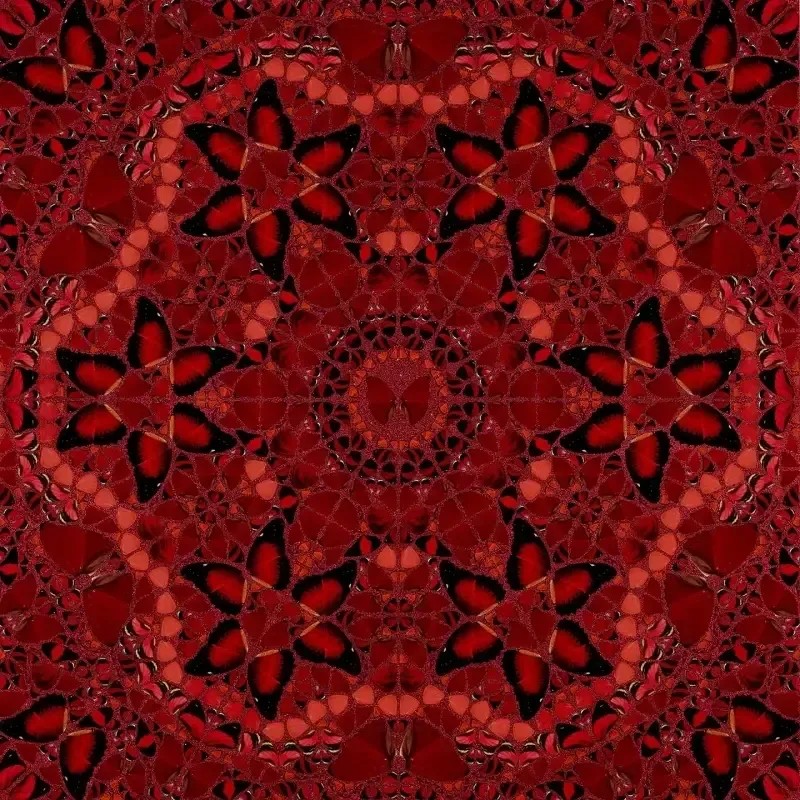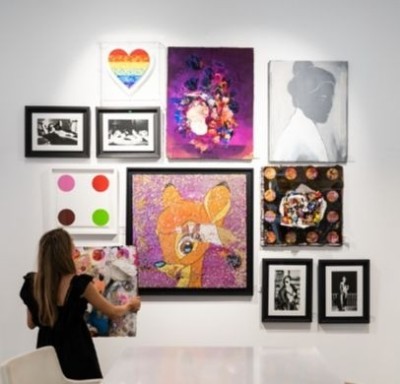Due to all the technological, economic and social developments in the first half of the twentieth century, art is transforming into modern times. Especially when progress in the post-war years takes on stormy proportions, the point of no return is quickly reached. The new prosperity encourages painters to experiment more from the feeling and from the will to constantly renew and innovate – fitting in with the spirit of the times. This results in modern paintings, which are ultimately mainly abstract and colorful. Examples of these modern art movements are: Impressionism, (Abstract) Expressionism, CoBrA and Neo-Expressionsime.
Distinction between modern and contemporary art
To avoid using modern art as an umbrella term for all contemporary art in the world, we must distinguish between modern art and contemporary art. All visual art dating from 1980/90 falls under contemporary art, also known as contemporary art. In this art period we can define (global) trends and developments, but there are no longer defined art movements as before. The term modern art roughly refers to the period from 1880 to 1970, the period in which painters threw the established rules overboard and began to experiment more and more.
What is Modern Art? In fact, this is the transitional phase, in which attention shifts from the commissioner to the concept or idea of the artist himself. Due to the advance of photography, portrait assignments are disappearing and visual artists are given more freedom. Their artistry is called upon. The Impressionists were the first to set the tone by turning against the recognized classical academic art and playing with light, color and perspective. Claude Monet, Eduard Manet, Edgar Degas and Augusto Renoir are well-known names of this art movement.
The personal feeling
Then the pointillists (George Seurat and Paul Signac) and the first (individual) expressionists appear on the scene. In this context, think of Paul Gauguin, Vincent van Gogh, Paul Cézanne and Edvard Munch, among others. The origin of their modern art paintings is in the personal feeling; the expression predominates. Not the sensory recognizable reality, but the inner expression is central. The subject is still figurative but can undergo a change of shape or color.
In the work of several artists' groups, including Die Brücke, Der Blaue Reiter and De Stijl, we recognize the first indications of the abstract in this region. Meanwhile, the Fauvists (the 'savages') in France are mainly concerned with the composition of often unmixed, contrasting colors in large areas with strong lines. Important representatives of Fauvism are: Henri Matisse, André Derain, Kees van Dongen and Raoul Dufy.
'Just like their (old) inspirers, these young avant-gardes translate their feelings into colour, form and texture'
Modern paintings
A small leap in time takes us to Abstract Expressionism in the 1940s and 1950s. Because of the war in Europe, this art movement initially emerged in New York. Just like their (old) inspirers, these young avant-garde artists translate their feelings into colour, shape and texture. Only they paint abstractly. Mark Rothko, for example. This American painter creates large areas of color stacked on top of each other. Thinly set on and with a soft overflow to give the viewer (and himself while painting) an overwhelming, almost meditative experience. The inner, spiritual experience is also a driving force for the Dutch-American painter Willem de Kooning. He depicts abstraction in organic forms with fierce, broad and sometimes aggressive brush strokes. He works completely 'in the moment'. In that respect, he can also be linked to Jackson Pollock's action painting.
Under the name of CoBrA (COpenhagen, Brussels and Amsterdam) a number of somewhat recalcitrant, modern artists and men of letters unite who oppose the pedantic, intellectual status of art. They are inspired by primitive art and children's drawings. Among the initiators are the Dutchmen Corneille and Karel Appel.
‘Confronting the pedantic, intellectual status of art’
Cheerful, colorful figures
The poetic art of Corneille (for whom painting is a vocation) depicts the beauty of nature. He immortalizes cheerful, colorful figures; mostly women, flowers, birds and other animals. His work is strongly influenced by his travels to the Antilles, North Africa, North and South America. This can be clearly seen in 'Femme au tigre', a work that is owned by AbrahamArt. The subject, use of color and detailing transport the viewer to indigenous areas. The G
The largetst gallery in the Benelux has several screen prints by him in its collection for both sale and art loan.
The same applies to some paintings by Karel Appel, which, like Corneille's works, continue to increase in value. With his famous statement, 'I just mess around a bit', the internationally acclaimed artist has managed to mislead the public for decades. His "spontaneous" oil paintings are preceded by preliminary studies in which he experiments with colours, shapes and techniques. Appel is mega productive and develops an independent style of his own. Unmistakable and always present is his simple, powerful, childlike style of painting.
Neo-expressionism
In the eighties of the twentieth century the expressionist characteristics were embraced again, often by hybrid artists. In Germany they are called Die Neue Wilden, in Italy Trans-avantgarde and in the Netherlands we come to know this style as the New Painting (including Peter van de Klashorst and Maarten Ploeg). Modern artists - with a strong signature of their own - express personal feelings and thoughts. They tell raw (politically and socially engaged) stories on large canvases.
A tour of the Dutch gallery AbrahamArt teaches us that we can definitely link a number of current artists to the expressionist approach. Colour, expression and passion play an essential role for Stefan Gross, Shahid Parvez, Sebastiao Rodrigues, Zhuang Hong Yi and William Malucu, for example.
'Modern artists - with a strong signature - express personal feelings and thoughts'
Rodrigues' art is constructed as a delicate play of surprising contrasts, color and figurative images that seem to want to free themselves by appearing in the form of abstract shapes. The expressiveness with which he translates his ideals and emotions into images, testifies to endless creativity and optimism.
Parvez's paintings are also cheerful, accessible and arouse curiosity. The modern painter, who has built up an enormous track record worldwide, stays close to nature and to the world of the (inner) child in his work.
Due to his exceptional eye for detail, particularly refined use of color and unparalleled pursuit of perfection, Zhuang Hong Yi's idealistic flower landscapes are among the best in the world. His art is of a refined beauty and shows a rare craftsmanship.
Malucu's work also invites you to continue to (re)discover his kaleidoscope full of colour, passion and emotion. Over the years, this self-taught artist has developed an authentic abstract art style that is loved by professional art connoisseurs. Sometimes whimsical and screaming for attention, sometimes soft and playful, but always in a powerful balance. Stefan Gross processes his expressive explosions of color three-dimensionally by painting industrial plastics with classic oil paints.
Buy modern art
Although the early expressionists were crushed in life for their unconventional ideas and artistic expressions, they did pioneering work. Thanks to them, modern, contemporary artists are greatly appreciated for the unique way in which they express their emotional world on canvas.
AbrahamArt, a modern art gallery in Amsterdam and Eindhoven, is home to original work by many of these popular artists. Modern art, but also pop art, street art and art photography is for sale or for rent and trial placements (free and without obligation) are easy to arrange.

